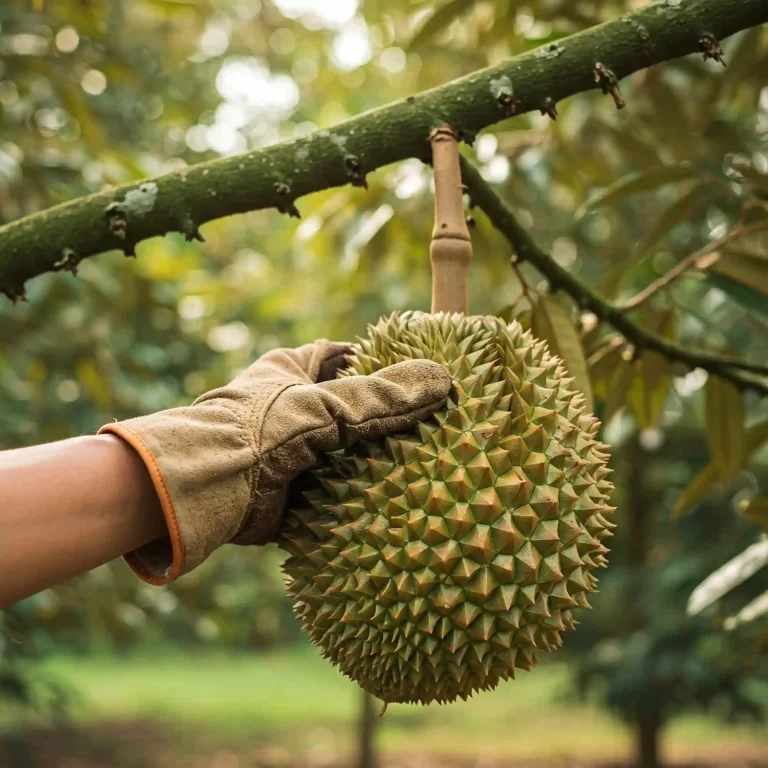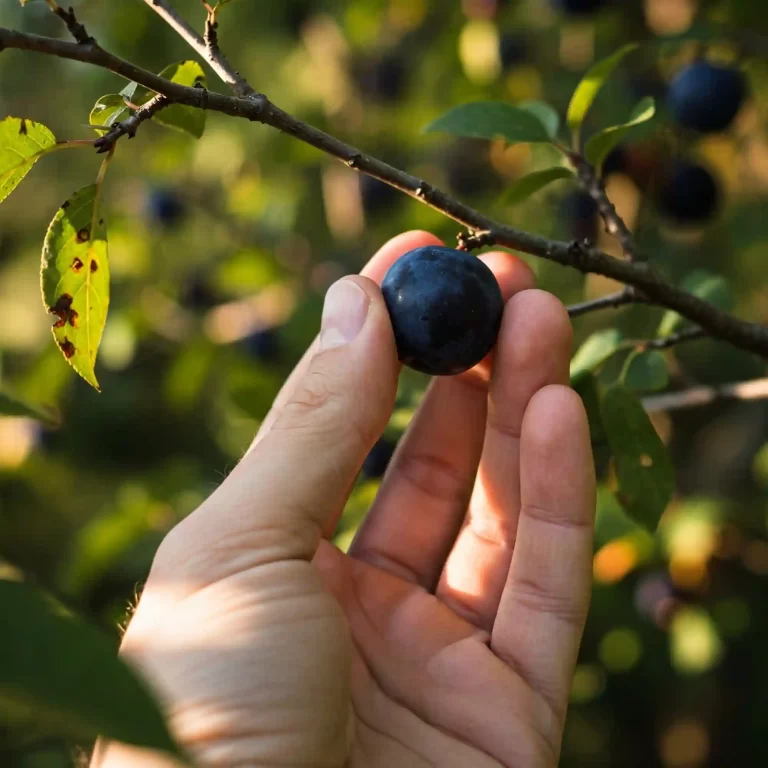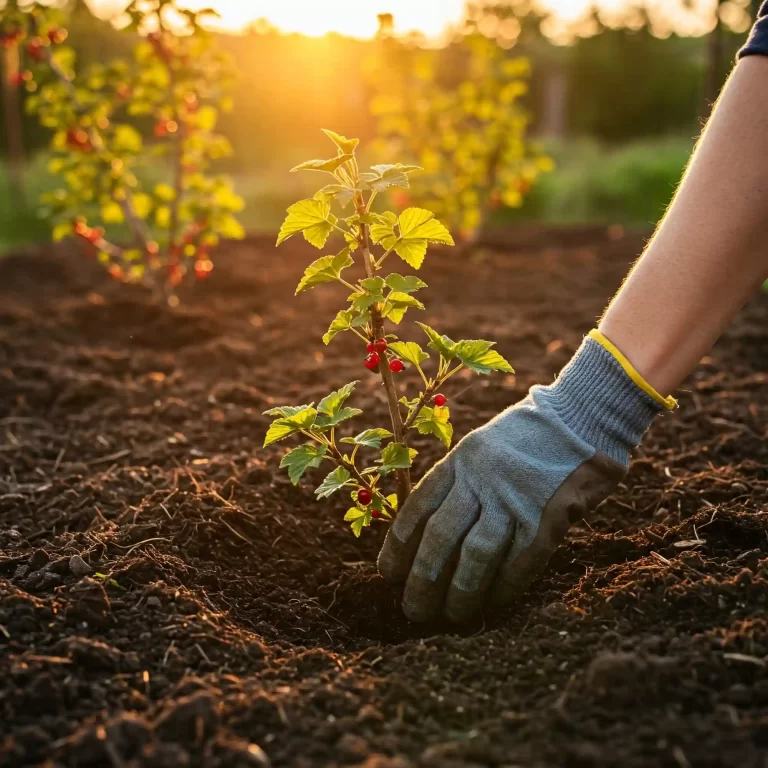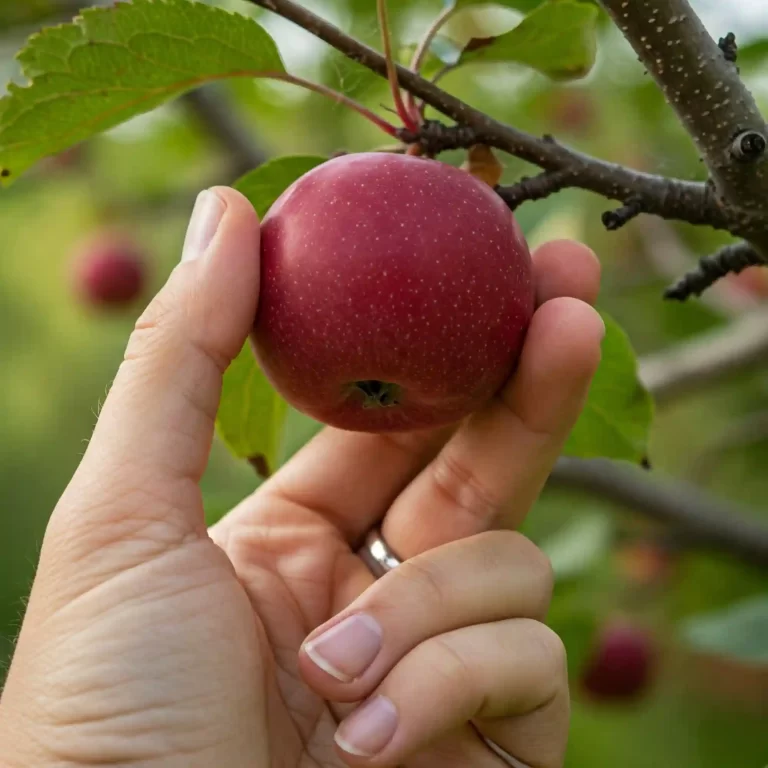Key Takeaways
| What | How | Why |
|---|---|---|
| Water a new tree based on its trunk diameter | 1 to 1.5 gallons per inch of trunk diameter | To provide enough water for the root ball and the surrounding soil |
| Adjust the water amount according to soil type, season, weather, and rainfall | Use a soil probe or a screwdriver to check soil moisture | To avoid overwatering or underwatering the tree |
| Water a new tree frequently in the first week, then gradually reduce the frequency | Daily for the first week, every 2 to 3 days for the next month, every 7 to 14 days for the first few years | To help the tree establish roots and adapt to its new environment |
| Use a slow drip system, a soaker hose, or drip irrigation to water a new tree | Set up and maintain the watering system and water the root zone and the surrounding soil evenly | To ensure efficient and effective watering and prevent water loss or runoff |
| Choose the right tree species for your climate and soil type | Consider hardiness zone, sun exposure, soil pH, drainage, and space | To increase the chances of survival and growth of the tree |
Introduction
Watering a new tree is one of the most important tasks you can do to ensure its survival and growth. However, many people are unsure about how much, how often, and how to water a new tree properly. If you are one of them, don’t worry. In this article, we will show you how to water a new tree like a pro using some simple tips and tricks.
Watering a new tree correctly has many benefits. It helps the tree establish roots, absorb nutrients, fight diseases, cope with stress, and produce flowers and fruits. On the other hand, watering a new tree incorrectly can cause many problems. It can lead to root rot, fungal infections, wilting, leaf drop, stunted growth, or even death.
In this article, we will cover everything you need to know about watering a new tree, such as:
- How much water does a new tree need?
- How often should you water a new tree?
- How to water a new tree effectively?
- How to choose the right tree for your climate and soil type?
By following this guide, you will be able to water your new tree with confidence and enjoy its beauty and benefits for years to come. So let’s get started!
How Much Water Does a New Tree Need?
One of the most common questions that people ask when they plant a new tree is: how much water does it need? The answer is not as simple as you might think. The amount of water that a new tree needs depends on several factors, such as:
- The size of the tree
- The type of soil
- The season
- The weather
- The rainfall
However, there is a general rule of thumb that you can use to estimate how much water your new tree needs. That is:
Water your new tree 1 to 1.5 gallons per inch of trunk diameter
This means that you should measure the trunk diameter of your new tree at 6 inches above the ground for smaller trees, or at 12 inches above the ground for larger trees. Then multiply that number by 1 or 1.5 to get the amount of water in gallons that your new tree needs.
For example, if your new tree has a trunk diameter of 2 inches at 6 inches above the ground, you should water it with 2 x 1 = 2 gallons or 2 x 1.5 = 3 gallons of water.
Here is a table that shows how much water different sizes of trees need based on this rule:
| Trunk Diameter (inches) | Water Amount (gallons) |
|---|---|
| 1 | 1 – 1.5 |
| 2 | 2 – 3 |
| 3 | 3 – 4.5 |
| 4 | 4 – 6 |
| 5 | 5 – 7.5 |
Of course, this rule is not exact and you may need to adjust it according to other factors that affect the water needs of your new tree. Let’s look at some of these factors in more detail.
How Often Should You Water a New Tree?
Another common question that people ask when they plant a new tree is: how often should they water it? The answer to this question also depends on several factors, such as:
- The planting stage of the tree
- The signs of overwatering or underwatering
- The soil moisture level
However, there is a general guideline that you can follow to determine how often you should water your new tree. That is:
Water your new tree daily for the first week, then gradually reduce the frequency
This means that you should water your new tree thoroughly as soon as you plant it, and then continue to water it every day for the first week. This will help the tree settle in its new location and establish roots.
After the first week, you can reduce the watering frequency to every 2 to 3 days for the next month or so. This will help the tree adapt to its new environment and develop a deeper root system.
Gradually, you can water your new tree less frequently until you reach every 7 to 14 days for the first few years. This will encourage the tree to grow stronger and more resilient.
Here is a table that shows how often you should water different sizes of trees based on this guideline:
| Tree Size | Watering Frequency |
|---|---|
| Small (up to 6 feet tall) | Daily for the first week, every 2 to 3 days for the next month, every 7 to 14 days for the first few years |
| Medium (6 to 12 feet tall) | Daily for the first week, every 3 to 4 days for the next month, every 10 to 14 days for the first few years |
| Large (over 12 feet tall) | Daily for the first week, every 4 to 5 days for the next month, every 14 to 21 days for the first few years |
Of course, this guideline is not fixed and you may need to adjust it according to other factors that affect the watering frequency of your new tree. Let’s look at some of these factors in more detail. Okay, I will continue writing the article from the outline that I generated before. Here is the third part of the article:
How to Water a New Tree Effectively?
Now that you know how much and how often to water your new tree, you may wonder how to water it effectively. The answer to this question is simple: use a slow drip system, a soaker hose, or drip irrigation.
These methods are the best for watering a new tree because they:
- Ensure efficient and effective watering by delivering water directly to the root zone and the surrounding soil
- Prevent water loss or runoff by applying water slowly and evenly
- Reduce evaporation and weed growth by keeping the surface of the soil dry
- Minimize soil compaction and erosion by avoiding high pressure or splashing
- Save time and money by using less water and requiring less maintenance
Here are some tips on how to use these methods to water your new tree:
- Set up the watering system around the base of the tree, extending it slightly beyond the edge of the root ball
- Adjust the flow rate and duration of the watering system according to the water amount and frequency that your new tree needs
- Check and clean the watering system regularly to prevent clogging or leaking
- Use a timer or a controller to automate the watering schedule and avoid overwatering or underwatering
How to Choose the Right Tree for Your Climate and Soil Type?
The last thing you need to know about watering a new tree is how to choose the right tree for your climate and soil type. This is important because different tree species have different water requirements and tolerances. If you choose a tree that is not suitable for your location, you may end up wasting water or killing the tree.
To choose the right tree for your climate and soil type, you need to consider some criteria, such as:
- Hardiness zone: This is a measure of how cold or hot your area gets in winter and summer. You can find your hardiness zone on a map or online. You should choose a tree that can survive and thrive in your hardiness zone.
- Sun exposure: This is a measure of how much direct sunlight your planting site receives throughout the day. You can observe your planting site at different times of the day and season. You should choose a tree that matches your sun exposure level, such as full sun, partial sun, or shade.
- Soil pH: This is a measure of how acidic or alkaline your soil is. You can test your soil pH with a kit or a meter. You should choose a tree that prefers your soil pH level, such as acidic, neutral, or alkaline.
- Drainage: This is a measure of how well your soil drains water. You can test your soil drainage by digging a hole and filling it with water. You should choose a tree that suits your soil drainage level, such as well-drained, moderately drained, or poorly drained.
- Space: This is a measure of how much room your tree will need to grow and spread. You can estimate the mature height and width of your tree by looking at its label or online. You should choose a tree that fits your available space and does not interfere with other structures or plants.
Here are some examples of popular tree species for different climates and soil types and their water requirements:
| Tree Species | Hardiness Zone | Sun Exposure | Soil pH | Drainage | Space | Water Requirement |
|---|---|---|---|---|---|---|
| Red maple | 3 to 9 | Full sun to partial shade | Acidic to neutral | Well-drained to moderately drained | 40 to 60 feet tall and wide | Moderate |
| Dogwood | 5 to 9 | Full sun to partial shade | Acidic to neutral | Well-drained to moderately drained | 15 to 30 feet tall and wide | Moderate |
| Magnolia | 5 to 9 | Full sun to partial shade | Acidic to neutral | Well-drained to moderately drained | 10 to 80 feet tall and wide | Moderate |
| Birch | 2 to 7 | Full sun to partial shade | Acidic to neutral | Well-drained to poorly drained | 40 to 70 feet tall and wide | High |
| Willow | 2 to 9 | Full sun to partial shade | Acidic to alkaline | Well-drained to poorly drained | 30 to 70 feet tall and wide | High |
| Crape myrtle | 6 to 10 | Full sun | Acidic to alkaline | Well-drained to moderately drained | 10 to 30 feet tall and wide | Low |
| Pine | 3 to 9 | Full sun | Acidic to neutral | Well-drained to moderately drained | 50 to 100 feet tall and wide | Low |
| Oak | 3 to 10 | Full sun to partial shade | Acidic to alkaline | Well-drained to moderately drained | 50 to 100 feet tall and wide | Low |
Of course, these are not the only tree species that you can choose from. There are many more options that you can explore online or at your local nursery. You can also ask for advice from experts or experienced gardeners who can help you find the best tree for your situation.
Conclusion
Watering a new tree is not as hard as it may seem. If you follow this guide, you will be able to water your new tree like a pro and enjoy its beauty and benefits for years to come.
In this article, we covered everything you need to know about watering a new tree, such as:
- How much water does a new tree need?
- How often should you water a new tree?
- How to water a new tree effectively?
- How to choose the right tree for your climate and soil type?
We hope this information helps you take care of your new tree and make it happy and healthy. If you have any questions or feedback, please let us know in the comments below. We would love to hear from you!
Thank you for reading this article and happy gardening!





[…] Do you want to add some life and beauty to your garden or landscape project? Do you want to save some money and time while getting high-quality plants? Do you want to learn how to plant root ball trees like a pro? […]
[…] water: Trees filter water and prevent soil erosion. This helps conserve water resources and prevent flooding and […]
[…] this article, we will guide you through each step of large tree planting and give you some tips and resources to help you […]